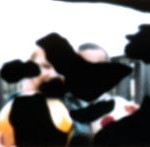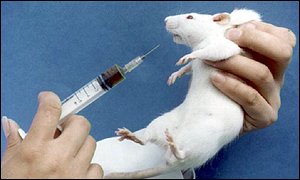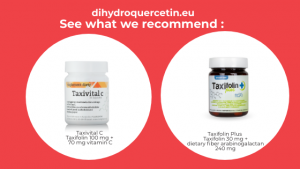Persons suffering from diabetes often accompanied problems with the skin and its diseases including thrush. The main reason for skin hypersensitivity in the person with diabetes are vascular lesions (diabetic angiopathia), which, in the same way may relate to the larger and smaller vessels. Simply put, we can say that the excess sugar in the blood leads to degenerative changes in capillaries, arterioles, and veins, resulting in impairment of vascular and malnutrition of the skin.
Diabetes affects yeast and fungal infection caused by fluctuations in blood sugar levels that facilitate the development of micro-organisms. Dihydroquercetin helps in the treatment of ringworm. In 2009 year, in the published work, its purpose was to investigate the impact of dihydroquercetin on intensity of LPO processes (deregulation of lipid peroxidation of lipids) and degree of endogenous intoxication in patients with diabetes during treatment for fungal nail infection by using the medicine Orungal.
Continue reading Diabetes itch and the impact of the dihydroquercetin (taxifolin)




